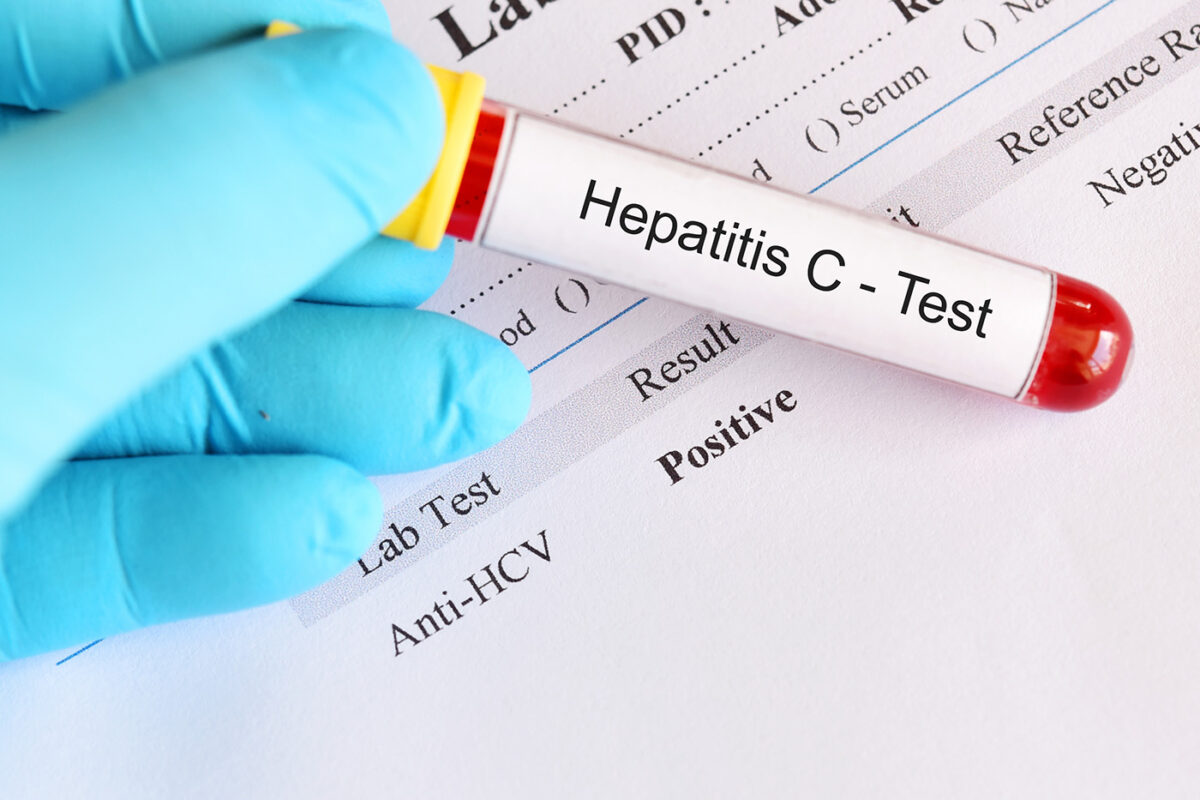Author
Elizabeth (Izzy) Montgomery, MPA
Policy Analyst
Jennifer Wessel, JD, MPH
Senior Policy Analyst and Data Privacy Officer
Contact
ACHI Communications
501-526-2244
jlyon@achi.net
This infographic, part of our continuing effort to examine each step of the birthing journey in Arkansas, looks at the impact of severe maternal morbidity (SMM), defined by the Centers for Disease Control and Prevention as “unexpected outcomes of labor and delivery that result in significant short- or long-term health consequences.” Examples include sepsis, acute renal failure, and acute heart failure.
Maternal mortality has been described as the “tip of the iceberg” and severe maternal morbidity as the base. SMM events, also known as maternal near-miss events, occur much more frequently than maternal deaths despite receiving less public attention.
ACHI analyzed hospital discharge data for births that occurred between 2019 and 2021 to determine the impact of SMM among those mothers up to one year postpartum.
Key findings:
- While 100 maternal deaths occurred in Arkansas between 2018 and 2020, 1,335 mothers with births between 2019 and 2021 experienced at least one SMM event up to a year after birth (comparable maternal deaths and SMM from identical periods were not available due to data limitations, but our analysis will be updated when 2021 maternal death data are available).
- Between 2019 and 2021, for every 1,000 birth events (i.e., hospitalizations during which at least one delivery occurred) in Arkansas, 14.2 were associated with at least one SMM event.
- SMM events most commonly occurred during birth (44.8%), but 34.9% occurred more than six weeks after discharge, 10.6% occurred within a week after discharge, and the remaining 9.7% occurred two to six weeks after discharge.
- The five most common types of SMM were sepsis (3.8 per 1,000 birth events), adult respiratory distress syndrome (3.1 per 1,000 birth events), acute renal failure (2.8 per 1,000 birth events); pulmonary edema/acute heart failure (2 per 1,000 birth events); and hysterectomy (1.9 per 1,000 birth events).
- Geographically, SMM was most common in the Northeast Public Health Region (17.3 per 1,000 birth events) followed by the Southeast Region (16.1 per 1,000 birth events), the Southwest Region (15.5 per 1,000 birth events), the Central Region (14.9 per 1,000 birth events), and the Northwest Region (11.4 per 1,000 birth events).
- By age, SMM was highest among women 40 and older (27.3 per 1,000 birth events), followed by women aged 35-39 (21.9 per 1,000 birth events), women aged 30-34 (14.6 per 1,000 birth events), women aged 25-29 (13.1 per 1,000 birth events), women under 20 (13.2 per 1,000 birth events), and women aged 20-24 (11.3 per 1,000 birth events).
- By race and ethnicity, SMM was highest among Black women (22.2 per 1,000 birth events), followed by women whose race was identified as Other (21.6 per 1,000 birth events), Asian/Pacific Islander women (18.1 per 1,000 birth events), White women (12.5 per 1,000 birth events), Hispanic women (9.6 per 1,000 birth events), and American Indian/Alaskan Native women (6.8 per 1,000 birth events).
See more information about maternal and infant health in Arkansas on our topic page.
References
- Centers for Disease Control and Prevention. Severe Maternal Morbidity. Accessed July 10, 2024. https://www.cdc.gov/maternal-infant-health/php/severe-maternal-morbidity/index.html
- Centers for Disease Control and Prevention. Identifying Severe Maternal Morbidity (SMM). Accessed July 10, 2024. https://www.cdc.gov/maternal-infant-health/php/severe-maternal-morbidity/icd.html







